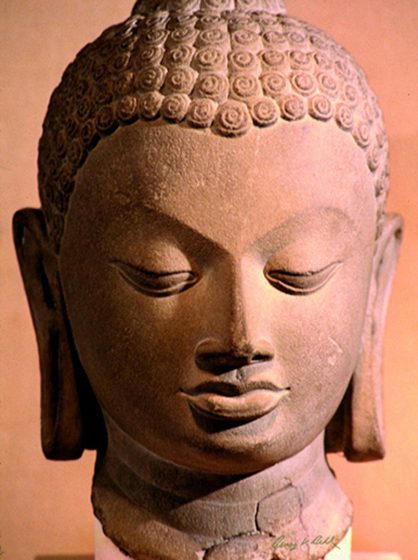The spirit within

Benoy K Behl
In ancient times, works of art were meant to convey the Truth as experienced by the artist. No thinker or artist claimed that it was solely he who had seen the Truth. In fact, great teachers of the ancient period in India, including Gautama Buddha and Mahavira, each state that he only follows in the footsteps of others who went before him. The emphasis was on the loss of the ego and not the perpetuation of it. Art was a prime vehicle of the communication of these ideas.
The ancient and medieval sculpture of India is naturalistic. However it is inherently different from art which attempts to portray only the transitory shapes of the objects of the world. Here, naturalism is the expression of that sense which moves beneath the surface of objects, that inner being of the trees, animals and people: the spirit which moves the whole of creation. The richness and complexity of the life-experience is presented. Our perception of the material world is not denied. In fact, there is a celebration of the divinity contained within the forms of the world. This is seen through the ancient and medieval period in Indian art, where the human form is used as a vehicle to express philosophic ideals.
In the midst of the turbulent world around us today, this art points out to us the peace and joy which we can find within.

